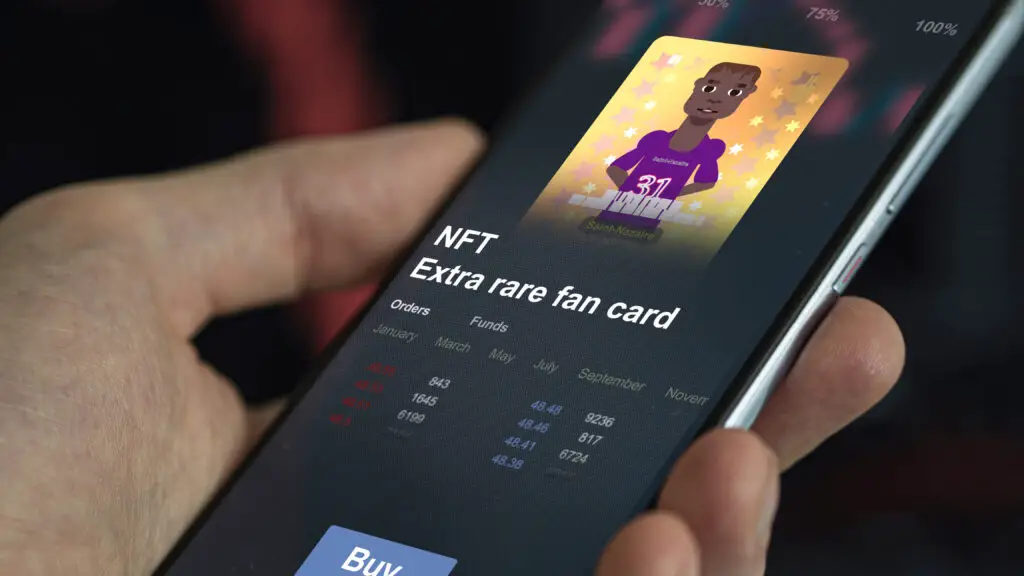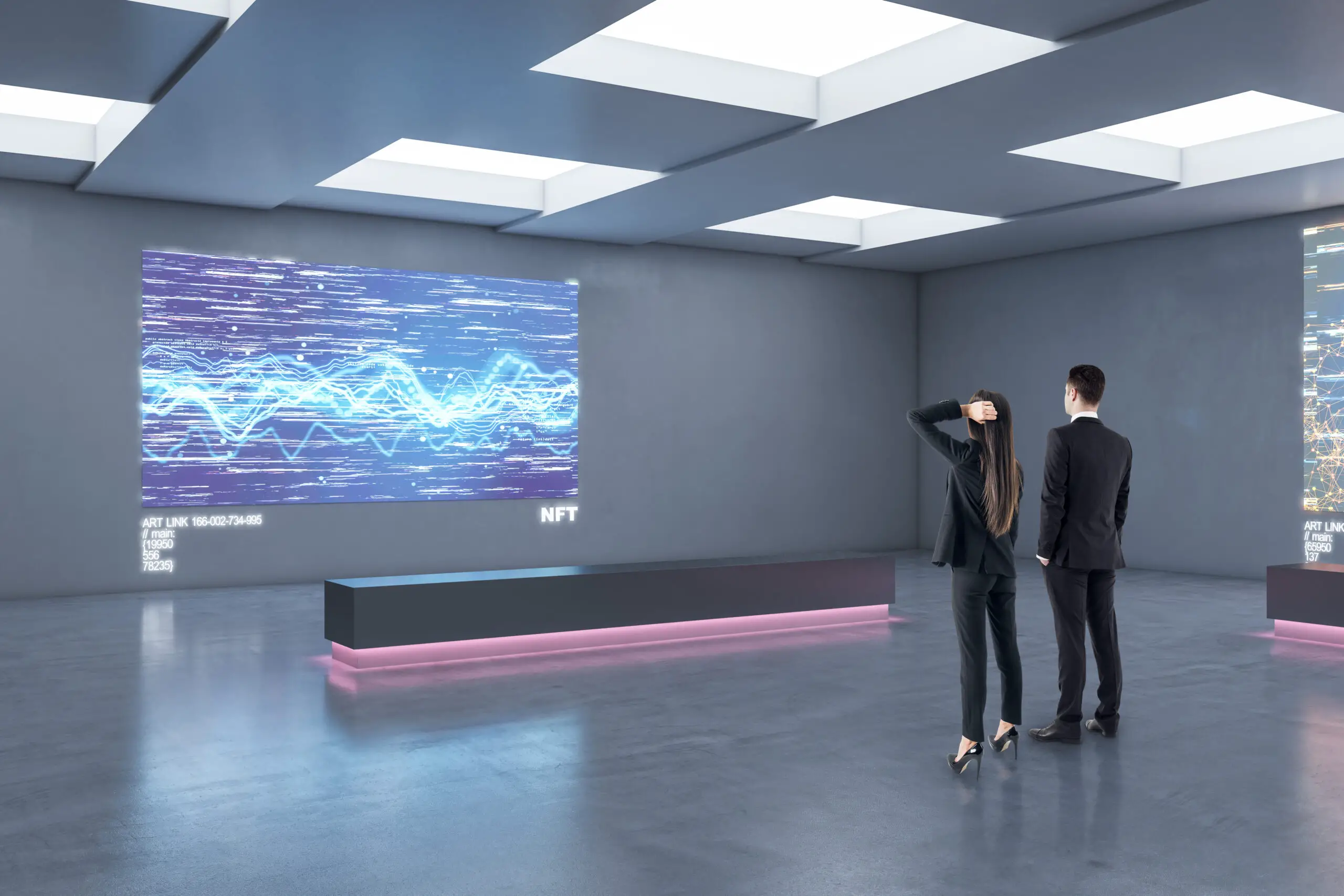Recently, there has been a lot of buzz around non-fungible tokens (NFTs). This is hardly unexpected, especially because of the fact that some artists have reportedly made tens of millions of dollars from the sale of a single NFT. Looking at the market, NFTs have increased dramatically during the previous months.
But what exactly is an NFT, and how can you have one?
Understanding NFT
NFTs are digital assets that are part of a blockchain, and each represents an asset, such as a work of art, digital content, or media. They are made to be cryptographically verifiable, one of a kind or rare, and transferable.
Using cryptographic signatures native to the blockchain on which an NFT is generated, the asset's origin and owner can be determined in seconds.
You can use non-fungible tokens to represent any kind of asset, whether it's physical, digital, or even metaphysical. However, the most sought-after NFT assets include digital works of art, digital collectibles, media files like video or audio, and event tickets.
How Do You Buy NFTs?
You might have a basic understanding of buying NFT by now. But if you plan to buy NFT, there’s still more you need to know. The following is a guide you’ll find helpful:
1. Create A Crypto Exchange Account
First, you'll need to register at a trading platform. Coinbase, Kraken, and Crypto.com are the most widely used exchanges. These are storage locations for your cryptocurrency purchases.
To use one, you must first register and verify your identity and financial details. Choose a reliable exchange and take precautions to protect your account.
2. Create A Digital Wallet
Due to the fact that many NFTs can only be acquired by using Ethereum, the next step typically involves purchasing ETH and putting it in a digital wallet.
NFTs are minted on contracts that adhere to the ERC-721 standard and are stored on the Ethereum blockchain. For digital valuables, this format is considered the ‘gold standard’ and has the widest base of acceptance.
Once a digital wallet has been created and funded, purchasing an NFT is a simple process. Once you've obtained a sufficient number of NFTs, they'll be safely stored in your meta mask wallet or digital wallet.
3. Pick An NFT Marketplace To Buy NFTs
After creating your digital wallet, the next step is to select an NFT marketplace for buying NFT. The best places to buy NFTs online may be found at several reputable markets. Digital assets, including works of art, music, collectibles, virtual assets, in-game items, and more, are typically listed for sale on marketplaces.
However, before jumping into any transactions, you should do your research and learn how to avoid NFT fraud. Consider these factors when choosing where to buy your NFTs:
- Marketplace ratings
- Convenience
- Security
- Information provided
- Types of tokens supported
Because there are various options available for both buyers and sellers, opting for the right NFT marketplace can help to find the right NFT and increase your returns.
4. Select Your NFT
Now that you've covered some of the basics, the next question you’re probably wondering is how do you decide which NFTs to buy?
Is it your objective to collect NFTs? Are you limiting yourself to the most popular NFT tokens? Or perhaps, you're more interested in tokens that serve a practical purpose, like entry passes to a concert or bonus tracks on a music album.
You'll need to ask yourself a series of questions to determine which NFT is ideal for you. You could always look at the best-performing NFT tokens and go for one of those, but if you have a specific token in mind, that's even better.
5. Click Buy
Now that everything is in place, you're ready to make a transaction. A new NFT is just a click away. In order to complete the transaction, you must agree to pay the gas fees.
Then you can now say that you possess a brand-new NFT. The NFT can now be downloaded and used as a profile picture. Feel free to flaunt it if you like.
Do I Have To Pay Anything More To Buy NFTs?

When purchasing NFTs, there will be a gas fee. These costs might be thought of as the ‘gas’ of the blockchain. They are similar to a handling or delivery cost.
To motivate the nodes to watch a blockchain and to continue processing new transactions, ‘gas’ fees are attached to each submission. These costs are not established by NFT marketplaces and will change on a second-to-second basis. Market fees or commission fees are another type of cost that may be charged by an NFT marketplace.
In general, the commission charged by an NFT marketplace to buyers can range from 2.5% to 5% of the final sale price of an NFT. In some cases, a marketplace will require a listing fee in addition to the purchase price if you plan to sell an NFT there.
Conclusion
Finding your way around the NFT world as a newbie can be challenging because the entity is constantly changing. But as long as you know the ABCs of buying NFT, you’ll experience a smooth process and maximize your profit.

